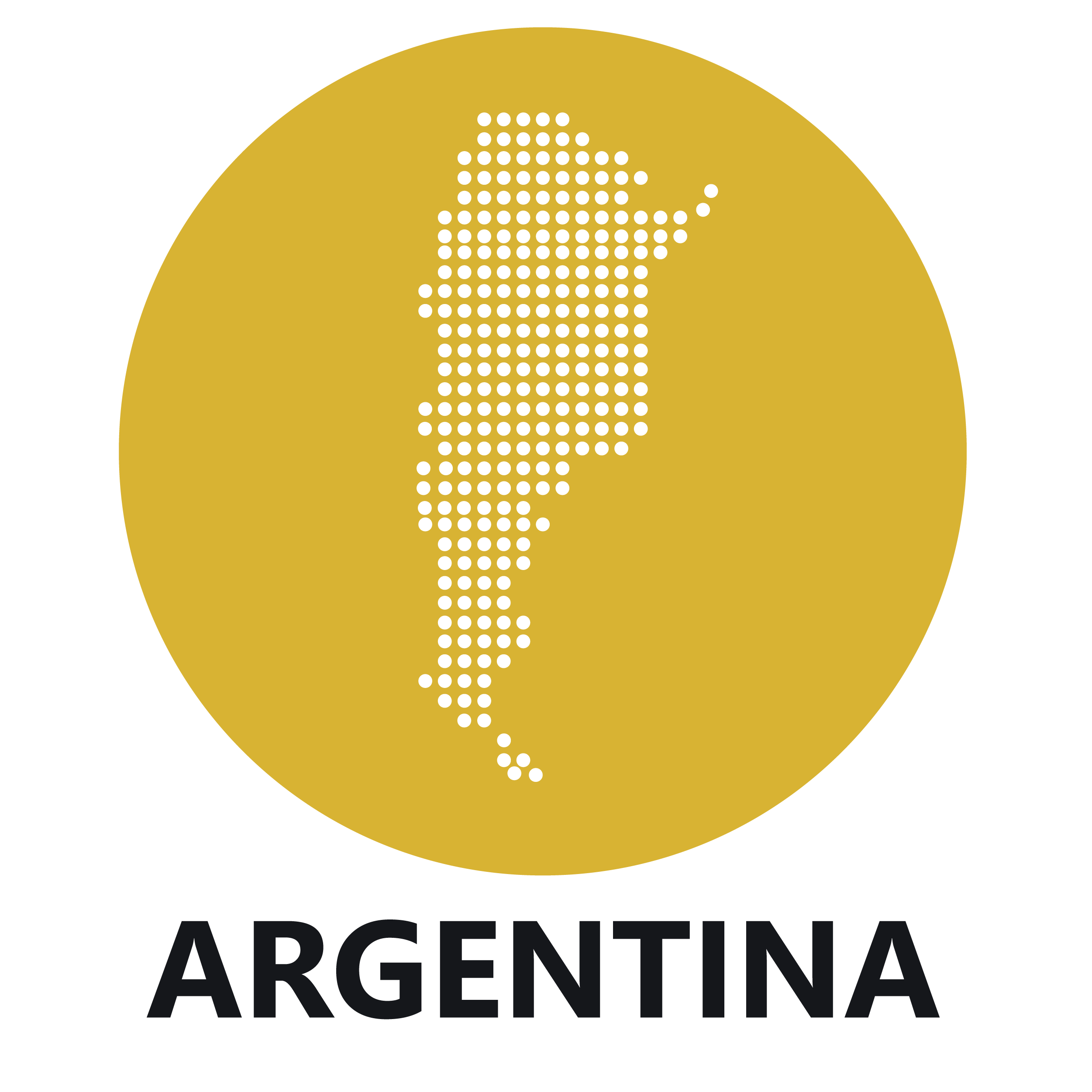
Argentina is characterized as a country of immigration (Migration Policy Institute, 2006). Hence, this mapping exercise gathers information regarding the country as one of destination. It firstly compiles general migration data and relevant legislation that would allow building a general and summarized overview in this matter, in the form of a country profile. Then, it illustrates the main State actors related to economic migration and highlights relevant programs implemented by Argentina during the last 15 years (2004 - 2019).
Analysis of data also implies a classification of information on national and subnational levels as Argentina is a Federal country, with a focus on the three provinces with the highest number of migrants. Finally, it shows which are the Non-State actors working in the field of economic migration along with relevant programs implemented by them. This first attempt of gathering the basic information related to economic migration looking at Argentina as a country of destination aims to identify [in a preliminary stage] the main challenges that this country faces towards this phenomenon
44, 271, 041 in 2017
2, 165, 000 in 2017
0.1 migrants/1,000 population (estimations for 2015-2020)
According to the United Nations Population Division, an international migrant is someone who has been living for one year or longer in a country other than the one in which he or she was born.
Leaving an origin country.
Entering a destination country
Title:
Provinces with the largest number of immigrants (city + total population + population born in another country + percentage of approved “radicaciones”)
Result:
Buenos Aires:
Córdoba
Santa Fe
Note:
After the 2001 Census, Argentina carried out a complementary international migration survey (in spanish: “Encuesta Complementaria de Migraciones Internacionales 2002 – 2003 [ECMI]). This survey aims to complement the information regarding migration, by acknowledging the characteristics of the population movements, scarcely studied at the statistic level. This information is not added in this mapping as it is not current data, nevertheless it can be considered as a “good practice” regarding migration labour data collection.
Source:
_________________________________________
Title:
Main nationalities and migration drivers
Result:
Border countries to Argentina are the most common option of immigration, representing 1,245,054 individuals, mainly from:
Other regions with a lesser flux of immigration to Argentina are:
Europe (299,394 individuals) mainly from Italy (147,499 individuals).
Source:
_________________________________________
Title:
Legislation
Result:
Ley de Migraciones Nº 25.871. Decreto 616/2010. It recognises in Article 4 the human right to migrate . It was modified by Decreto 70/2017 during the current government of President Mauricio Macri. This modification is commented by both, public opinion and scholars. The latter criticises it for challenging the Human Right to migrate. Furthermore, a public audience regarding this issue was carried out on behalf of the IACHR, called “Argentina: Cambios normativa migratoria”.
The legal framework regulates the following topics: Migratory categories, migration control, Human Rights, Migration Institutions, Nationality and Citizenship, regime of argentinians living abroad, permanence regime, entrance regime, regularization process, repatriation, migrants return, health, education, work, human trafficking, human smuggling, other crimes related to migration.
Source:
_________________________________________
Title:
Main current challenges related to labour migration as destination country
Result:
Source:
Level:
National level
State agencies related to migration issues
“Those parts of the national-level legislature and executive that set immigration policy and law” + “State agencies charged with immigration policy and law implementation”
Result:
Dirección Nacional de Migraciones (DNM)- Ministerio del Interior, Obras Públicas y Vivienda. In charge of the implementation of the migration legal framework and the policy-making in this matter. It is administrative dependant of the Ministerio del Interior, Obras Públicas y Vivienda (DNM, 2019).
Relevant programmes:
_________________________________________
Level:
Subnational level
Related to the cities with larger migrants population
“Subnational governments of provinces, states, cantons, municipalities and others, all of which may hold some formal or informal jurisdiction relevant to immigration”.
Result:
♦ City 1: Buenos Aires
♦ City 2: Córdoba
♦ City 3: Santa fe
Note
Other important cities that have taken actions against immigrants according to the Law 70/2017 proposed by President Macri are: Jujuy, with strong Bolivian immigrants’ representation, Chubut, with strong Bolivian and Chilean immigrants’ representation.
*Cities were selected according the distribution of immigrant population in Argentina according to settlement patterns.
Relevant programmes:
Institution:
CAREF
Result:
(General information + indicate if they work at a local or national level).
CAREF is the Argentine Commission for Refugees and Migrants that is comprised of five churches: Evangelical Disciples of Christ, Evangelical of the Río de la Plata, Evangelical Methodist Argentina, Evangelical Valdense of the Río de la Plata and Evangelical United Lutheran Church. Its scope is at the national level.
They promote human rights of migrants, refugees and asylum seekers through the construction of practices and standards that favor their integration in the conditions of justice and equality.
They provide professional services of advice, guidance, social and legal assistance; training workshops on topics related to the exercise of relevant social rights. They promote actions to shape public policies to effectively guarantee human rights for migrants.
Relevant Programmes
_________________________________________
Institution:
CELS
Result:
(General information + indicate if they work at a local or national level).
CELS is the Centre for Latin American and Social Studies. This human rights organisation promotes social justice, inclusiveness and the protection of human rights at the national and international arenas.
CELS areas of work cover participation in international debates on human rights from a Latin American perspective; raising awareness of crimes against humanity committed in the past; protection of migrants rights; among others. For this endeavour, CELS not only produces important reports, but also provide legal aid at the national and international levels.
Relevant Programmes
As part of the constraints caused by the implementation of the Law 70/2017 proposed by President Mecri, an important number of NGOs, churches, study centres, Universities and legal clinics have worked actively in the formal and public denounce of diverse human rights violations of migrants, especially those who are in an irregular condition. The following list covers, but it is not limited, some of the civil society groups that have been involved in this movement:




